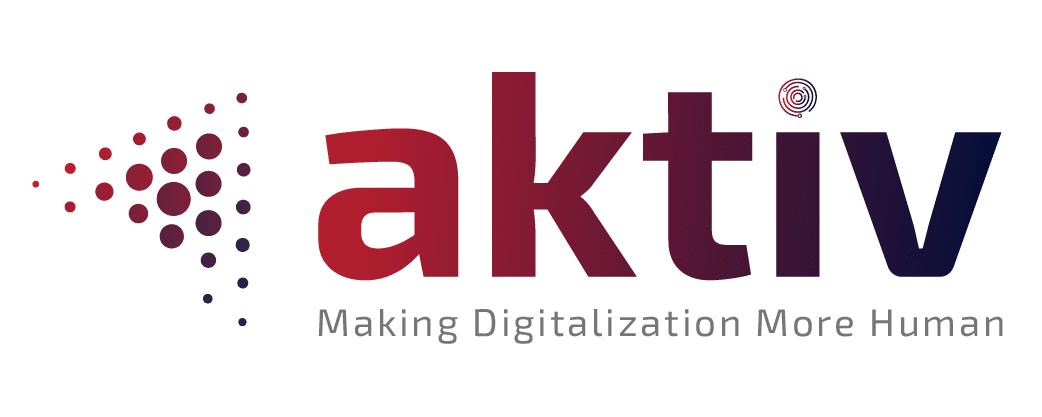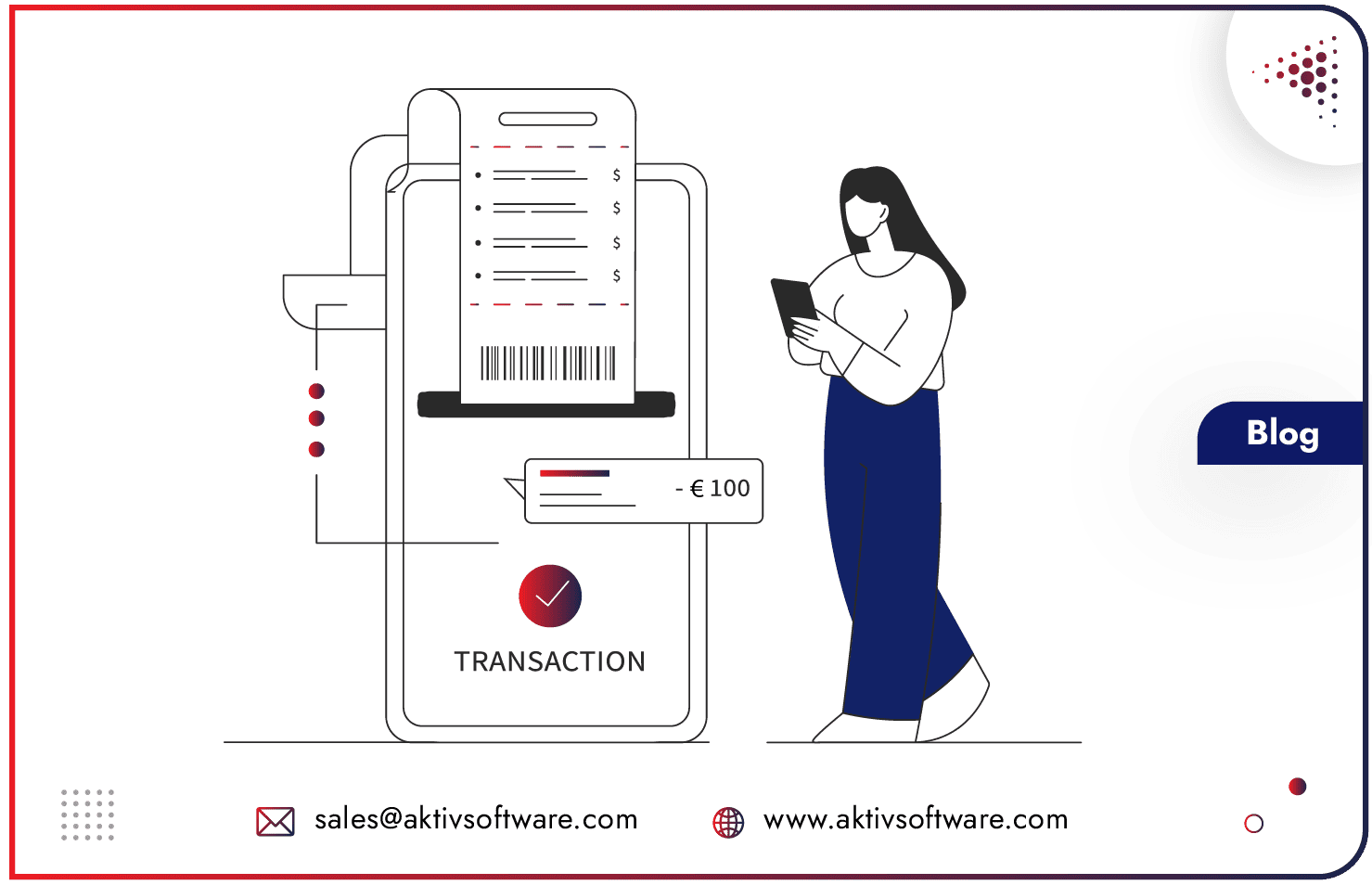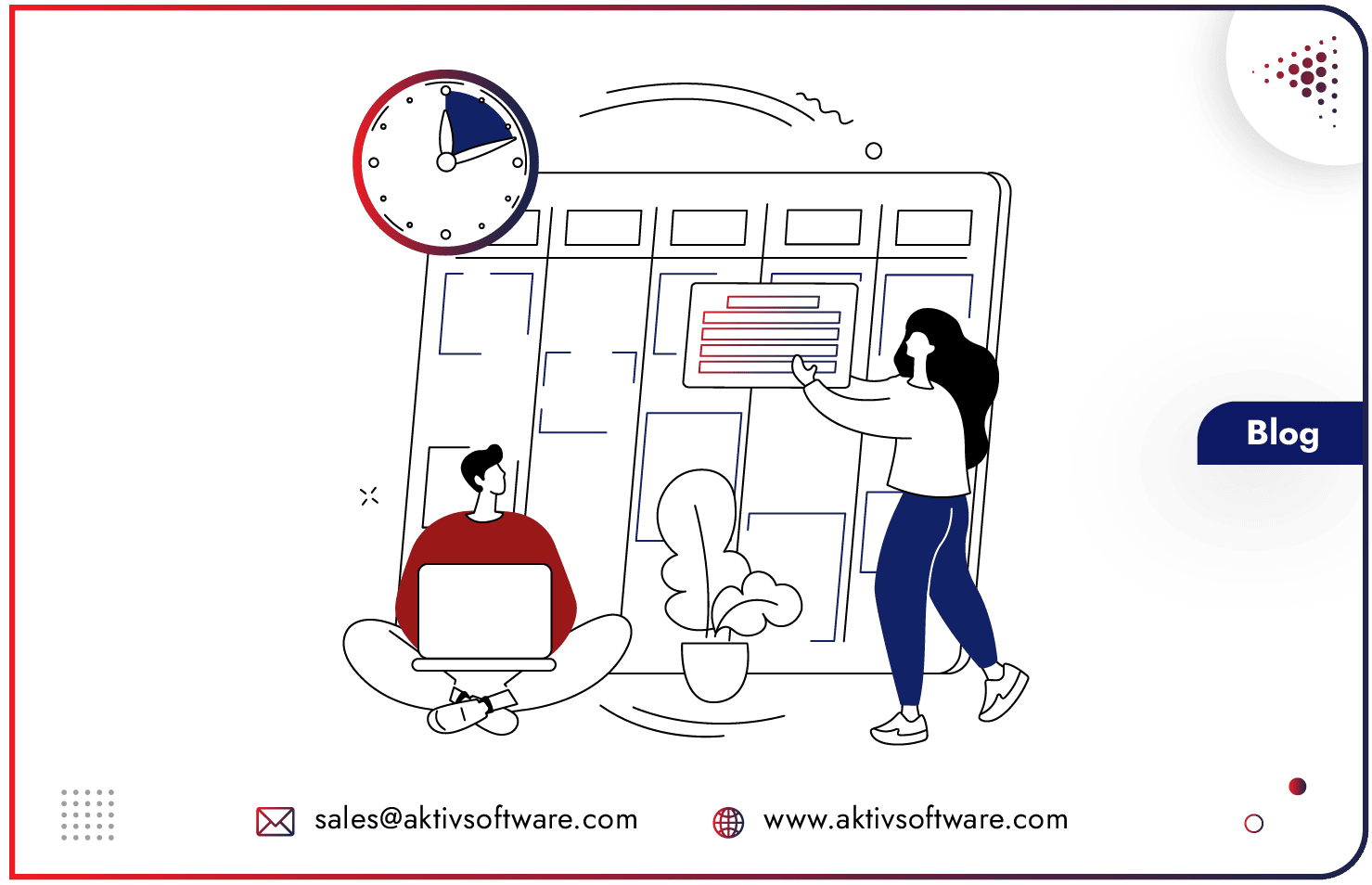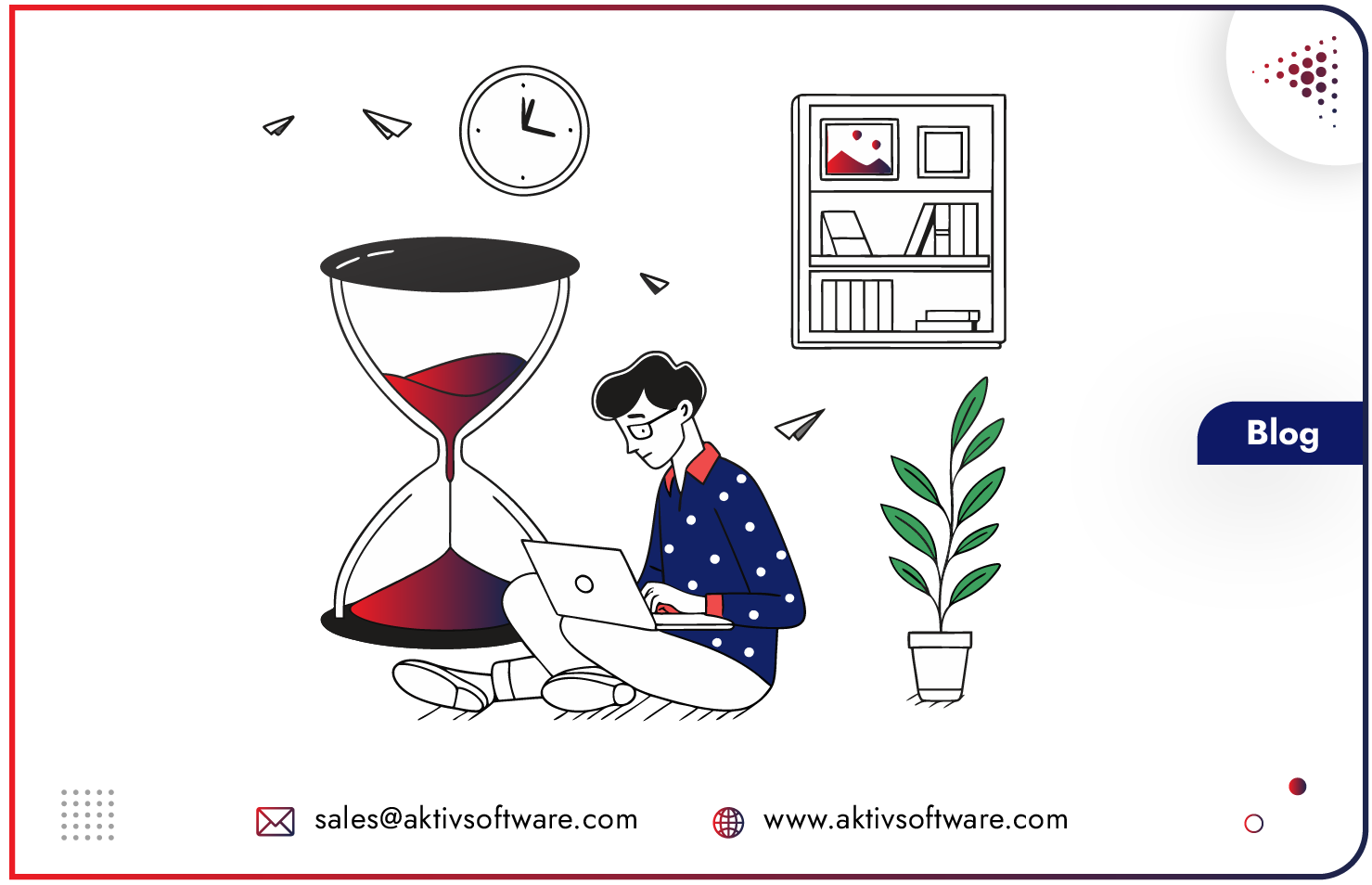The European Union is rapidly moving toward mandatory e-invoicing (electronic invoicing) to enhance efficiency, reduce administrative costs, and improve tax compliance.
B2B e-invoicing is expected to become mandatory in 2026 and be fully adopted by all businesses by 2028, so organizations must prepare for this digital transformation.
E-invoicing refers to exchanging invoice documents in a structured electronic format, ensuring seamless processing between businesses and tax authorities. Unlike traditional invoices, which may be paper-based or PDF formats, e-invoices comply with standardized data structures that facilitate automation and validation.
This guide explores the benefits of e-invoicing in Europe and how e-invoicing software like Odoo streamlines compliance while seamlessly integrating with various payment methods.
E-Invoicing in Europe: Key Facts to Know!
Is E-Invoicing Mandatory in Europe?
Yes, the EU is phasing in mandatory e-invoicing regulations. The upcoming ViDA (VAT in the Digital Age) initiative will require businesses to adopt e-invoicing to ensure tax transparency and fight fraud. Early adopters like Spain and Italy already enforce rules, while e-invoicing in Germany is mandatory for B2G via XRechnung.
What Needs to Be on an EU E-Invoice?
As per the European standard on e-invoicing, these are a few things you’ll need:
- Supplier and buyer details (names, addresses, and VAT numbers)
- Invoice issue date and unique invoice number
- Description of goods or services
- Quantity and unit price
- Applicable VAT rates and amounts
- Total payable amount
- Payment terms and bank details
- Reference to tax exemptions (if applicable)
- Structured formats (e.g., PEPPOL BIS, Factur-X) compliant with EN 16931 standards.
You can contact a VAT expert and in other case if you are implementing an e-invoicing software, the consultant will be able to guide you throughout the setup.
What Are the E-Invoicing Mandates in the EU?
Each EU country follows specific e-invoicing regulations aligned with the EU directive. The main requirements include:
- Compliance with the European Standard EN 16931
- Use of structured data formats such as XML or UBL
- Submission through designated e-invoicing platforms
- Integration with tax authorities for real-time reporting
Is E-Invoicing Mandatory in Germany, Spain, and the UK?
Germany: Currently, B2G (business-to-government) e-invoicing is mandatory, and B2B e-invoicing is expected to be mandated by 2026.
Spain: Spain has already implemented mandatory B2B e-invoicing, with businesses required to comply with the Facturae format.
UK: Post-Brexit, the UK is not bound by EU e-invoicing regulations but encourages electronic invoicing for efficiency. The UK’s Making Tax Digital (MTD) initiative promotes digital VAT reporting.
What Format Is Used for E-Invoicing in Europe?
The EU standard for e-invoicing is EN 16931, which supports structured formats such as:
- UBL (Universal Business Language)
- XML (Extensible Markup Language)
- PEPPOL BIS (Pan-European Public Procurement Online Business Interoperability Specifications) These formats ensure compliance and facilitate seamless exchange between businesses and tax authorities.
What Are the Mandatory Fields of an E-Invoice?
The mandatory fields in an e-invoice include:
- Seller’s and buyer’s legal name and VAT ID
- Invoice number and date
- Supply date of goods/services
- Item description and classification
- VAT breakdown per tax rate
- Payment details
- Unique invoice identifier (UUID)
E-Billing vs. E-Invoicing: What’s the Difference?
While e-billing and e-invoicing are often used interchangeably, there is a key distinction:
E-billing refers to presenting and paying invoices digitally but may not adhere to a structured data format.
E-invoicing follows a standardized electronic format that enables automated processing and integration with accounting systems.
Choosing Odoo E-Invoicing Software for your business
Odoo is a business software suite that caters to the needs of any business, be it sales, accounting, invoicing, or manufacturing.
Odoo’s invoicing module offers a robust set of features, including:
- Automated invoice generation
- Multi-country compliance
- Real-time validation
- Integration with accounting
- Tax and VAT compliance
- Electronic payment support
How Odoo E-Invoicing Ensure Compliance with European Standard?
- Automated, EU-Compliant Invoices
- Odoo invoicing generates pre-configured templates with mandatory fields (VAT ID, timestamps, tax details), ensuring alignment with e-invoicing mandatory Europe rules.
- Supports multi-language and multi-currency invoices for cross-border transactions.
- Seamless Format Adaptations
- Export invoices in EU-approved formats: PEPPOL BIS, XRechnung (for e-invoicing in Germany), Facturae (Spain), and more.
- Direct integration with national platforms like FACe (Spain) and PEPPOL networks.
- Tax Compliance & Reporting
- Real-time VAT calculations and automated submissions to tax authorities.
- Audit trails and secure storage (10+ years) to meet EU retention rules.
- Localized Solutions for Key Markets
- Pre-configured workflows for e-invoicing in Germany, Spain, Italy, and France.
- Stay updated with evolving e-invoicing in Europe regulations through automatic Odoo upgrades.
- Integrated Odoo Payment Methods
- Link Odoo e-invoicing with payment gateways (SEPA, PayPal, Stripe, credit cards) for end-to-end automation.
- Automate reminders, reconcile payments, and track cash flow in one platform.
Why Choose Odoo for E-Invoicing in Europe?
- Scalability: Adapts to businesses of all sizes, from SMEs to multinationals.
- Unified Ecosystem: Sync Odoo invoicingwith inventory, CRM, and accounting modules.
- Security: GDPR-compliant data encryption and role-based access.
- Cost Efficiency: Reduce manual work and errors while avoiding non-compliance penalties.
Preparing for the E-Invoicing Transition
With e-invoicing mandates approaching, businesses must take proactive steps to ensure compliance. Implementing a robust invoicing system like Odoo can streamline this transition, reduce manual efforts, and enhance tax compliance.
Ready to future-proof your invoicing process? Get in touch with Aktiv Software, your trusted Odoo implementation partner, to seamlessly integrate e-invoicing into your business operations.







